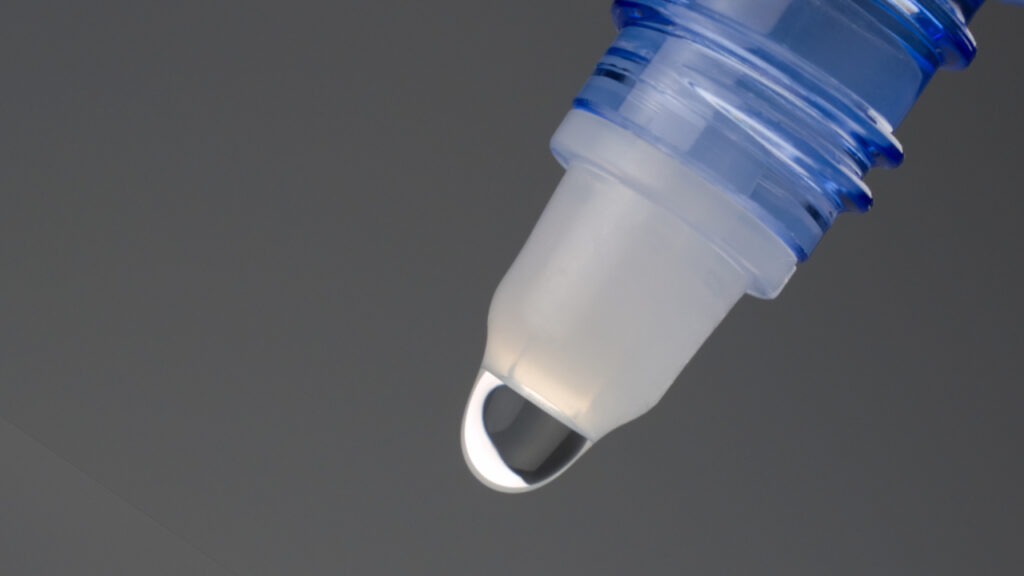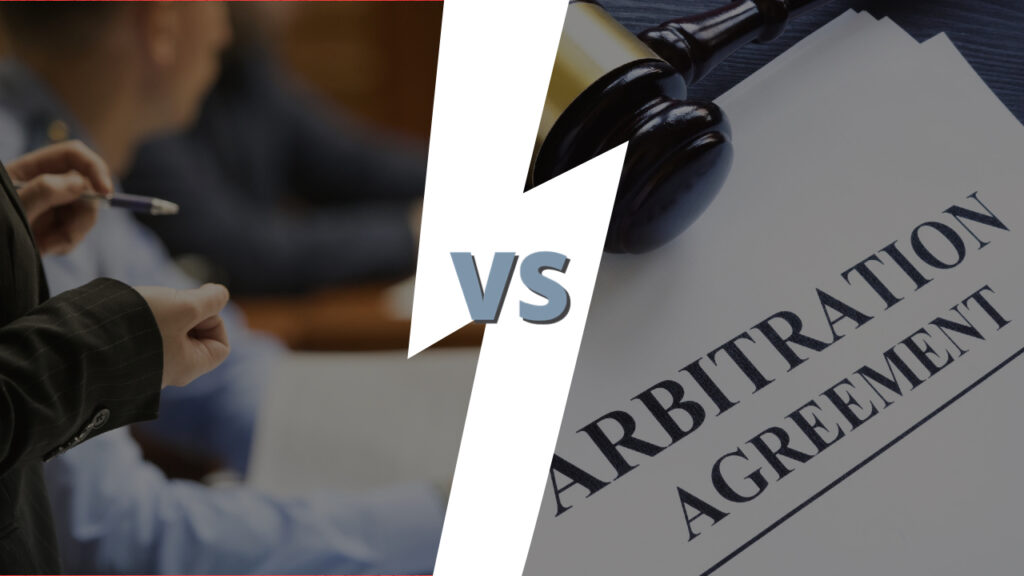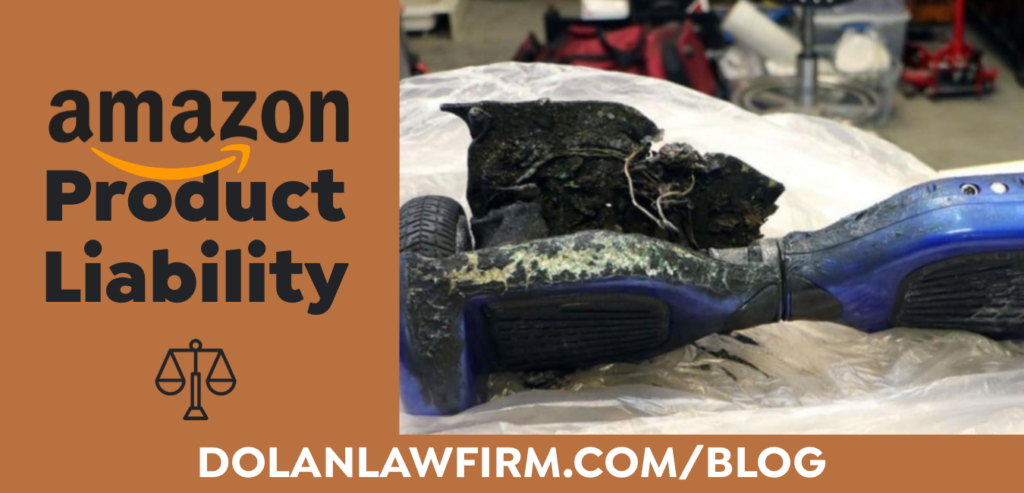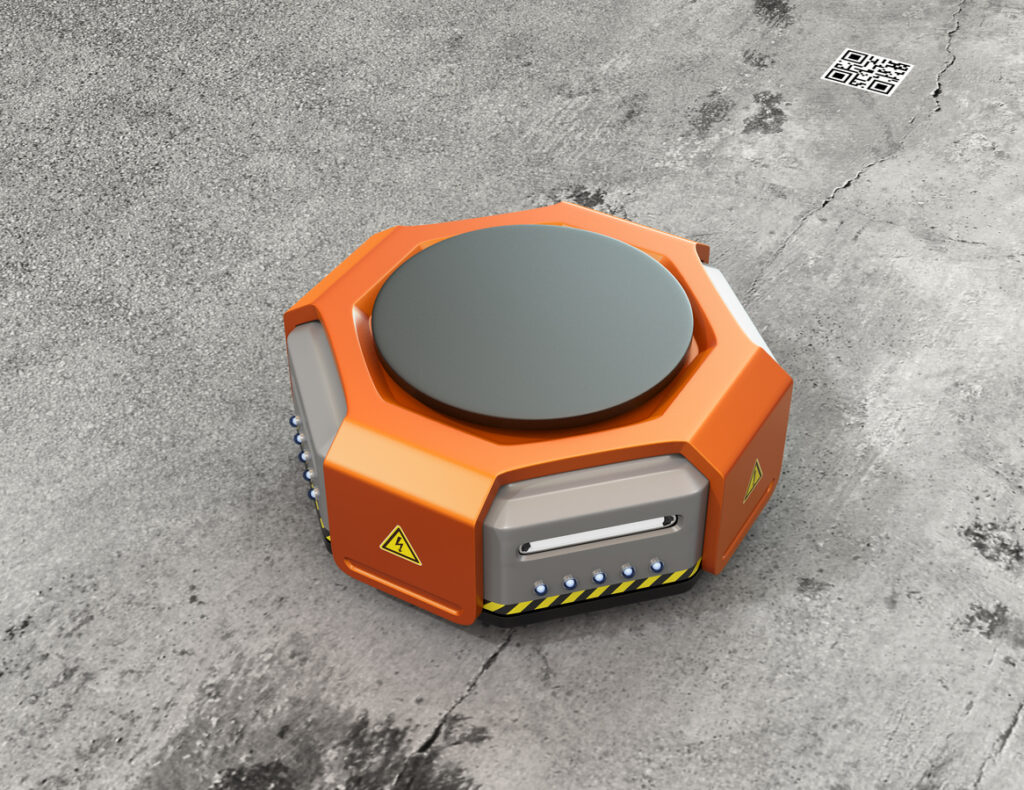Justice On Autopilot: Human Liability in Self-Driving Vehicle Accidents
Written By: Chris Dolan and Candice Sannella Henry from San Francisco writes:If I am hit by an autonomous vehicle who is responsible for the accident? It was recently reported that the DMV suspended Cruise cars from shuttling paying customers. Since they and other autonomous vehicle companies are still allowed to continue testing their cars in …
Justice On Autopilot: Human Liability in Self-Driving Vehicle Accidents Read More »






